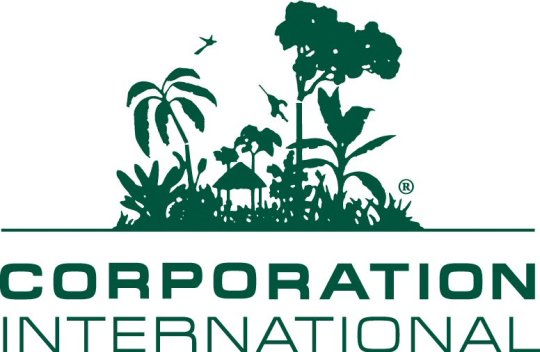Oct 24
20131
Conservation International, Nature Conservancy, Non-Profit Industrial Complex, USAID, Whiteness & Aversive Racism
Aceh (Indonesia) American Forest and Paper Association AMISCONDE biocolonialism Biodiversity bioprospecting Biotechnology Bolivia BP Brazil CAPISE Cemex Chiapas Chimane Chiquita Citigroup Coca-Cola Colombia Congo Basin Forest partnership Conservation International Energy and Biodiversity Initiative (EBI) Exxon Mobil Foundation Fauna & Flora International Ford GAP Green Imperialism Guyana International Cooperative Biodiversity Group (ICBG) International Paper J P Morgan Chase and Co. Keystone Foods Madagascar McDonalds Mesoamerican Biological Corridor project Mesoamerican Coral Corridor monoculture Monsanto Moxeno multinational conservation Neocolonialism Nestlé Novartis Palawan (Philippines) Papua New Guinea Peru Rio Tinto Selva Lacandona Shell Smithsonian Institution Sony South Africa Starbucks Statoil Surinam The Nature Conservancy The World Conservation Union (IUCN) United Airlines USAID Wai Wai Walt Disney Wapishana West Papua World Bank World Wide Fund for Nature Zapatistas
FLASHBACK | Conservation International: Privatizing Nature, Plundering Biodiversity
October 2003
by Aziz Choudry
Conservation International’s corporate sponsor list reads like a list of the US’ top fifty transnational corporations. Biodiversity conservation is at the top of Conservation International’s list of goals. But as the list of Conservation International’s dubious ventures and questionable partners around the world grows, Aziz Choudry is starting to wonder if it is time to ‘out’ this ‘multinational conservation corporation’ and show its true colours.
Headquartered in Washington, D.C, with operations in over 30 countries on four continents, Conservation International claims to be an environmental NGO. Its mission is “to conserve the Earth’s living natural heritage, our global biodiversity, and to demonstrate that human societies are able to live harmoniously with nature.” [1] This all sounds very laudable and Conservation International has some very high profile fans. This year Colin Powell shared the podium with Conservation International President Russell Mittermeier at the launch of the Bush Administration’s “Initiative Against Illegal Logging” at the US State Department. In December 2001, Gordon Moore, who founded Intel Corporation, donated US $261 million to Conservation International, supposedly the largest grant ever to an environmental organisation. Moore is chairman of Conservation International’s executive committee. Conservation International has repaid Moore’s largesse by nam-ing an endangered Brazilian pygmy owl after him. [2] →








